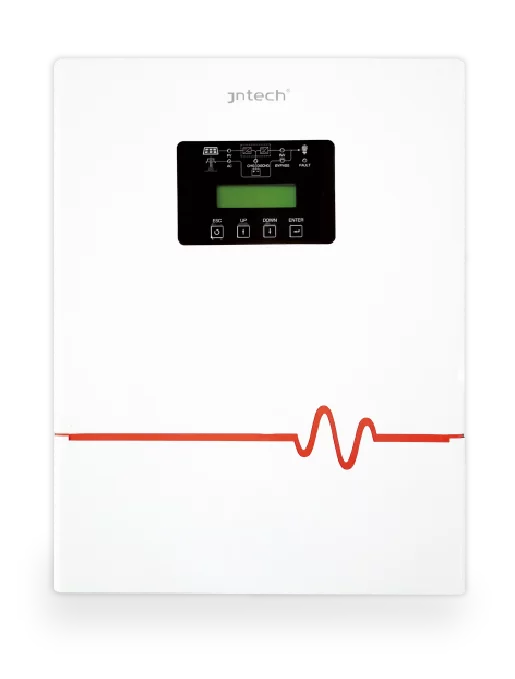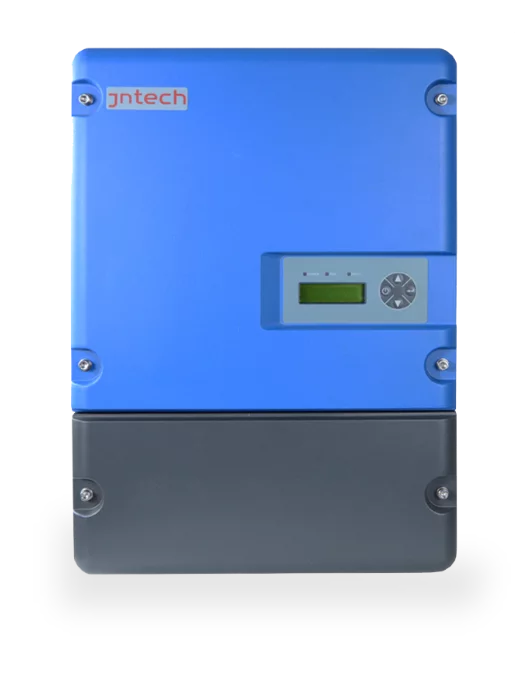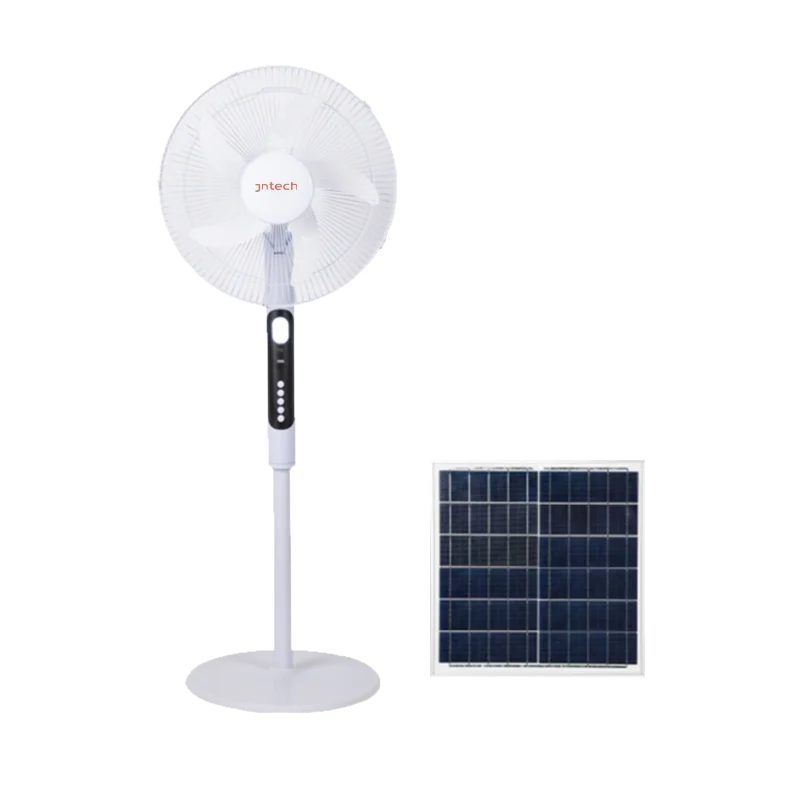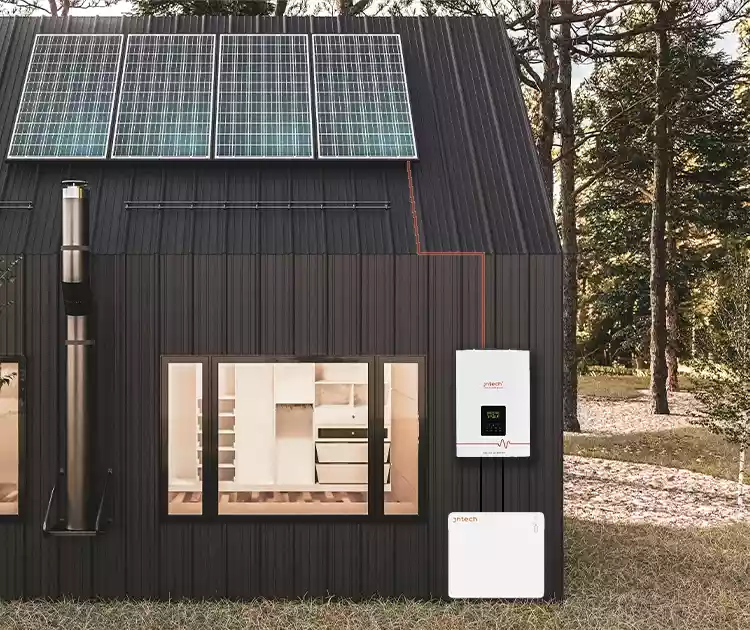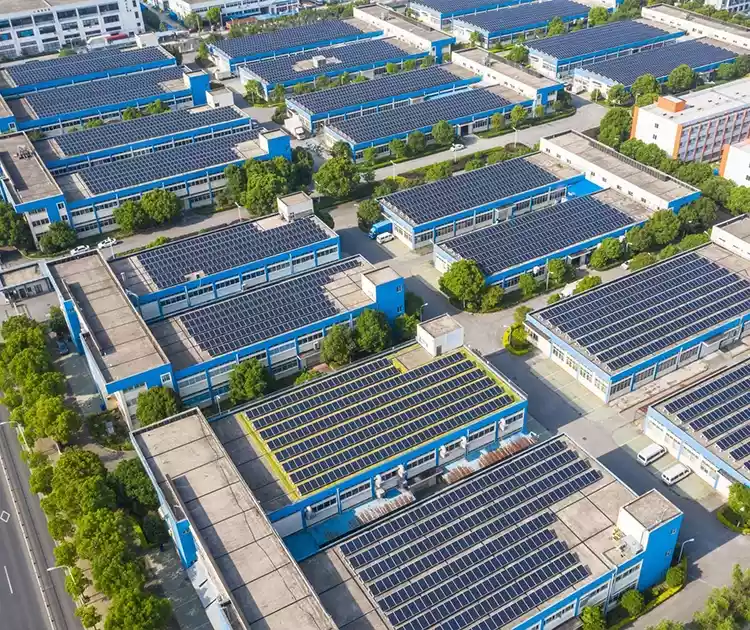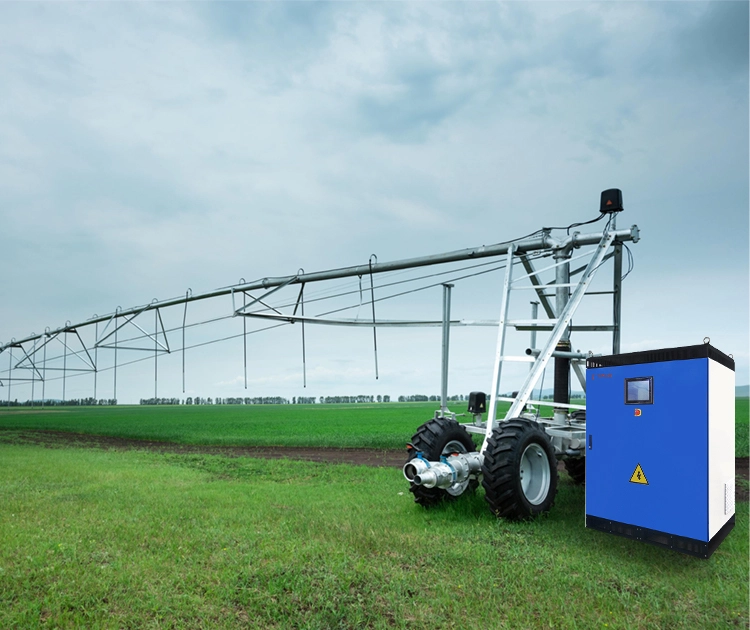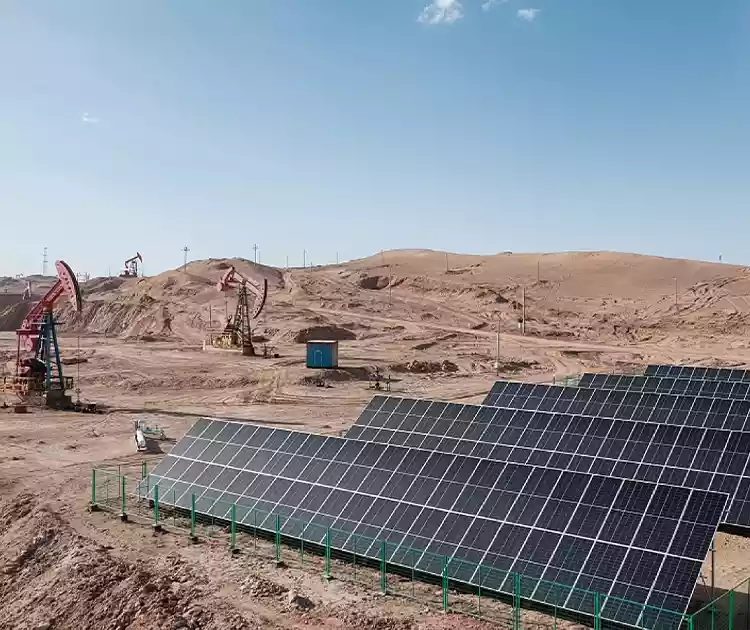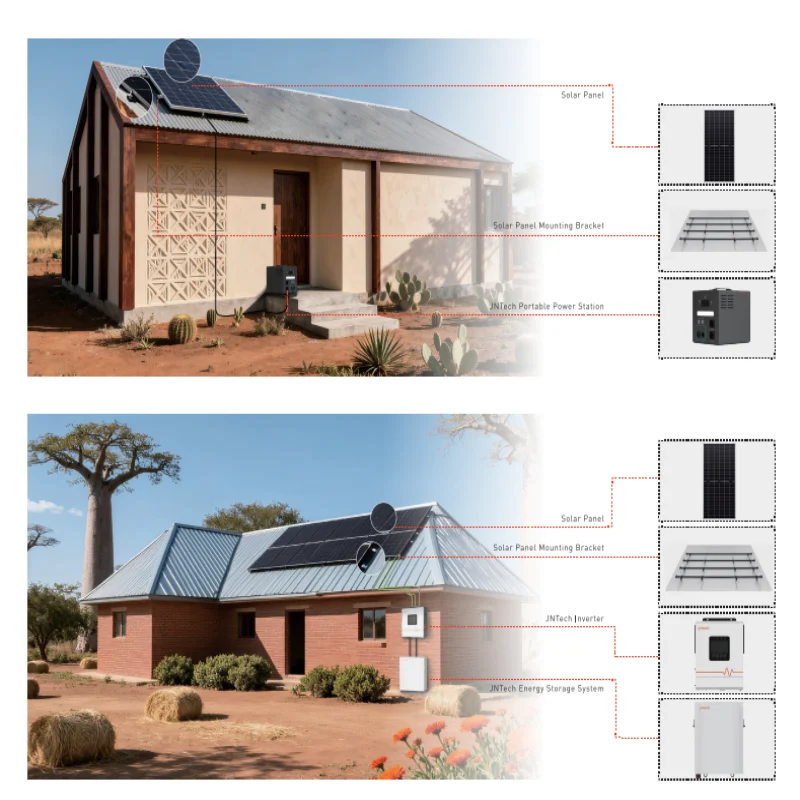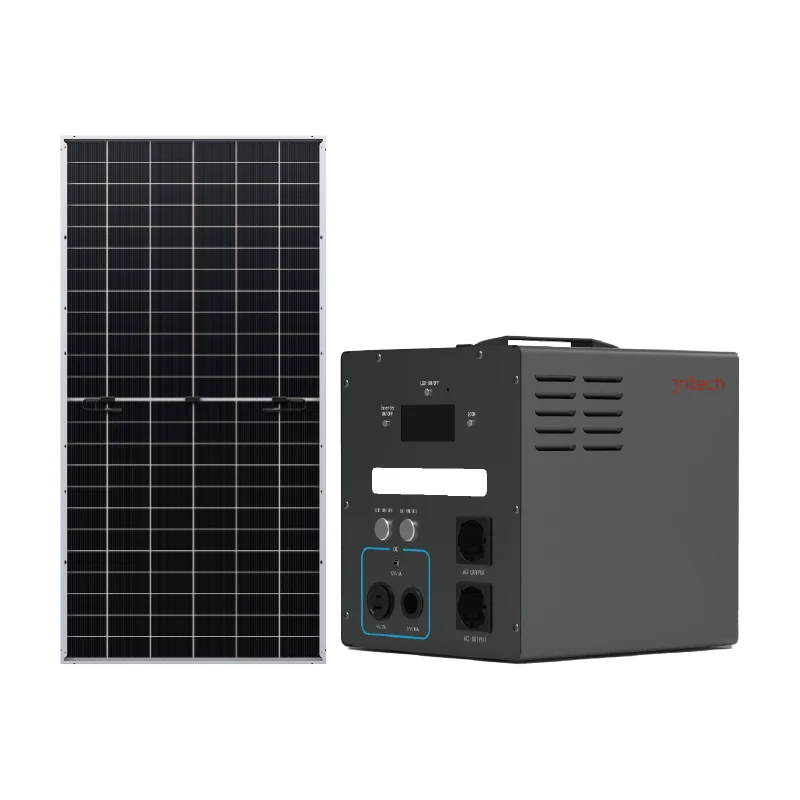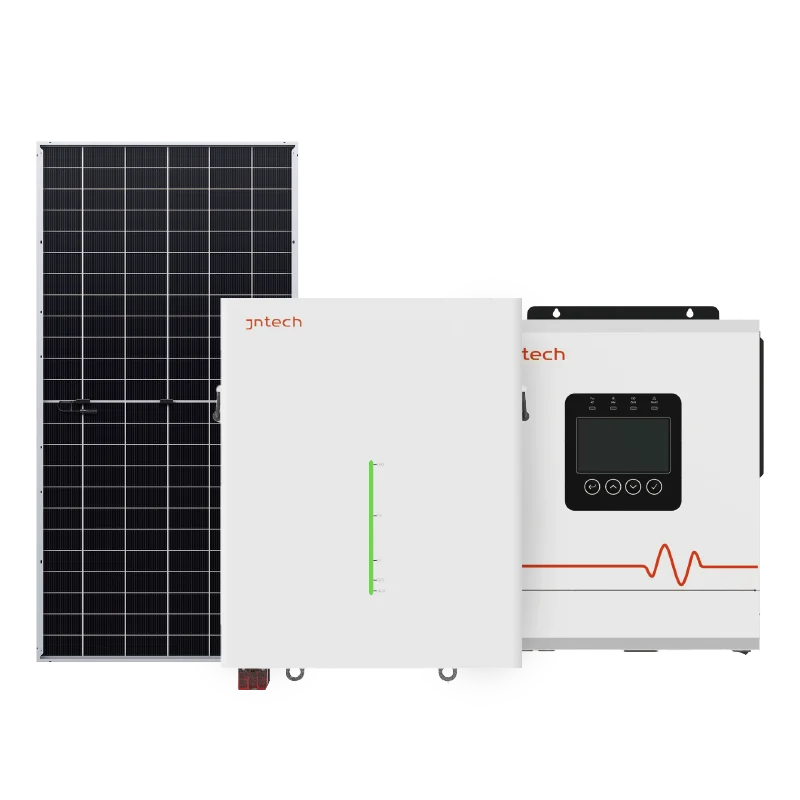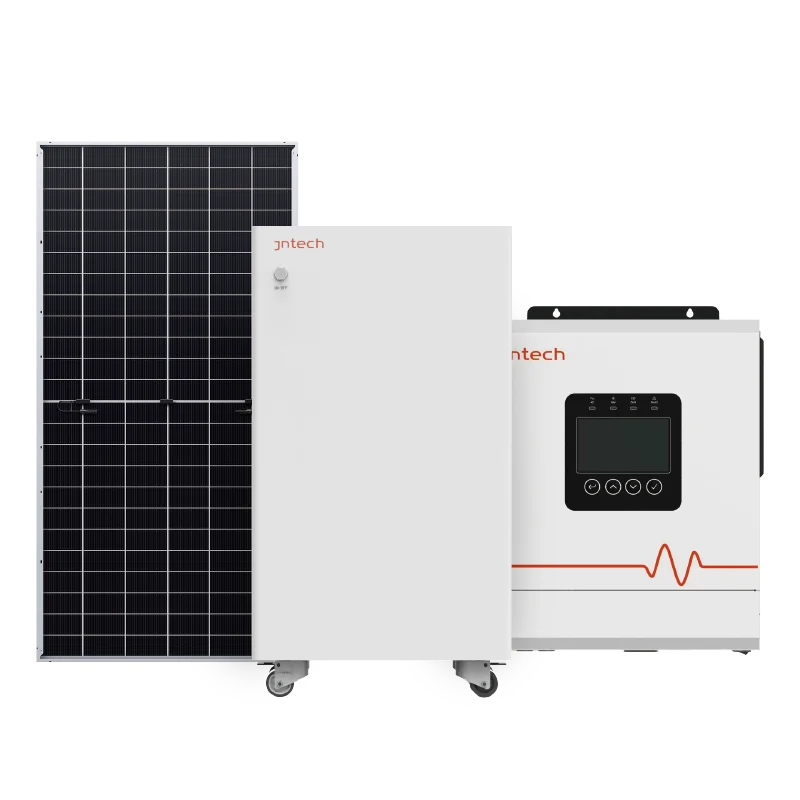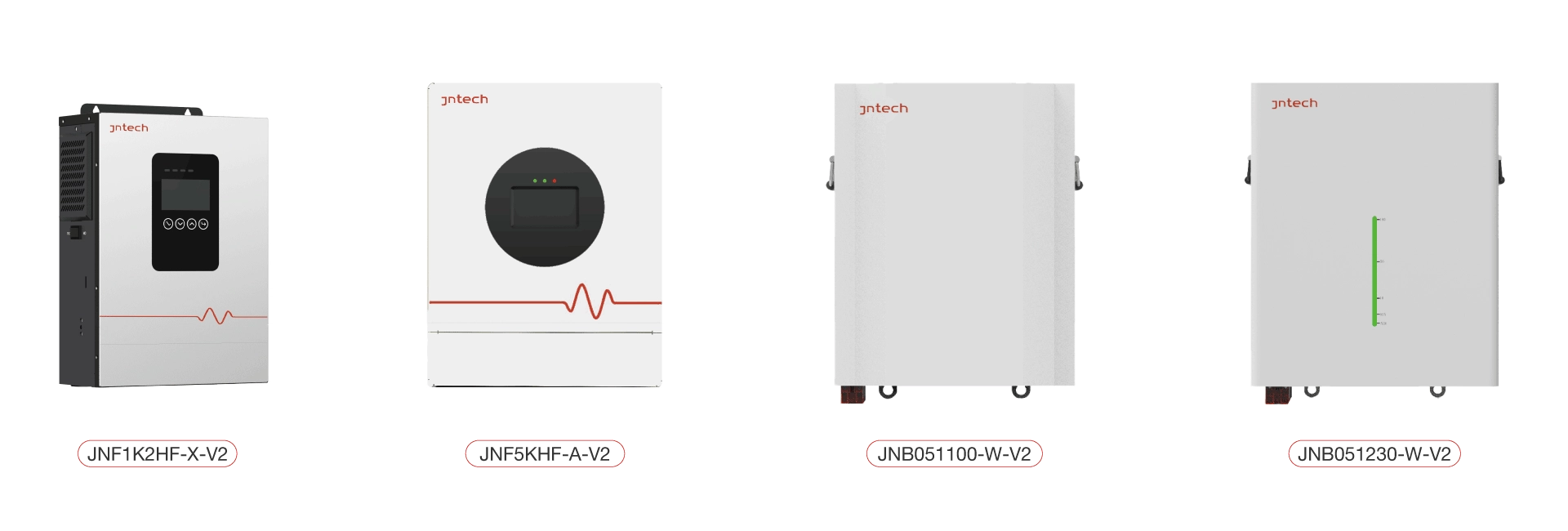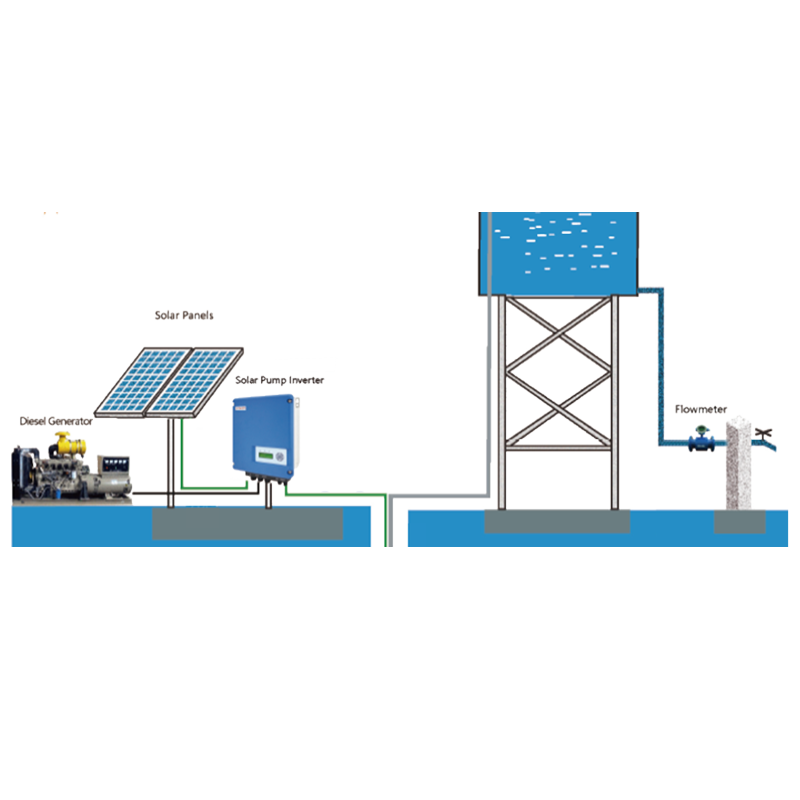Giải pháp lưu trữ năng lượng dân dụng JNTech — Độc lập về điện cho ngôi nhà thông minh
- Giải pháp hệ thống dân dụng
Giới thiệu sản phẩm
Tính năng sản phẩm
-
Smart Multi-Energy Coordination: Seamlessly coordinate solar, battery, and grid power for optimized utilization.
-
Automatic Backup & Fast Switching: Instant transition to backup when grid fails, preserving power continuity.
-
Economic Dispatch & Peak Shaving: Leverage time-of-use pricing to lower energy costs and optimize battery usage.
-
Expandable & Flexible Architecture: Modular battery scaling and potential parallel inverters to match growing load.
-
Advanced Safety & Fault Protection: Full suite of protective features and monitoring to ensure safe and stable operation.
-
Remote Monitoring & OTA Upgrades: Real-time visibility and continuous improvements via firmware updates.
Thông số kỹ thuật
- Giải pháp hệ thống dân dụng
Cấu hình hệ thống
Tấm pin mặt trời
Solar inverter
Pin LiFePO4
Hệ thống lắp đặt tấm pin mặt trời
Cáp và phụ kiện
Scenario Key Benefits / Use Mode Grid-tied with Backup In regions with sometimes frequent blackouts or unreliable grid, the system continues powering essential loads during outages. Energy Bill Optimization In markets with time-of-use tariffs, charge during low-rate periods, discharge during peak hours to reduce grid bills. Maximize Self-consumption Store surplus solar generation during midday, use later in evening/night rather than feeding into grid or letting it go to waste. Off-grid / Remote Homes In areas without grid access, the system can operate standalone (PV + battery + load), providing reliable electricity in remote or rural sites. Microgrid / Community / Shared Use Multiple houses or community loads share a microgrid, with each home’s storage contributing to local resilience and load balancing.

Sự miêu tả
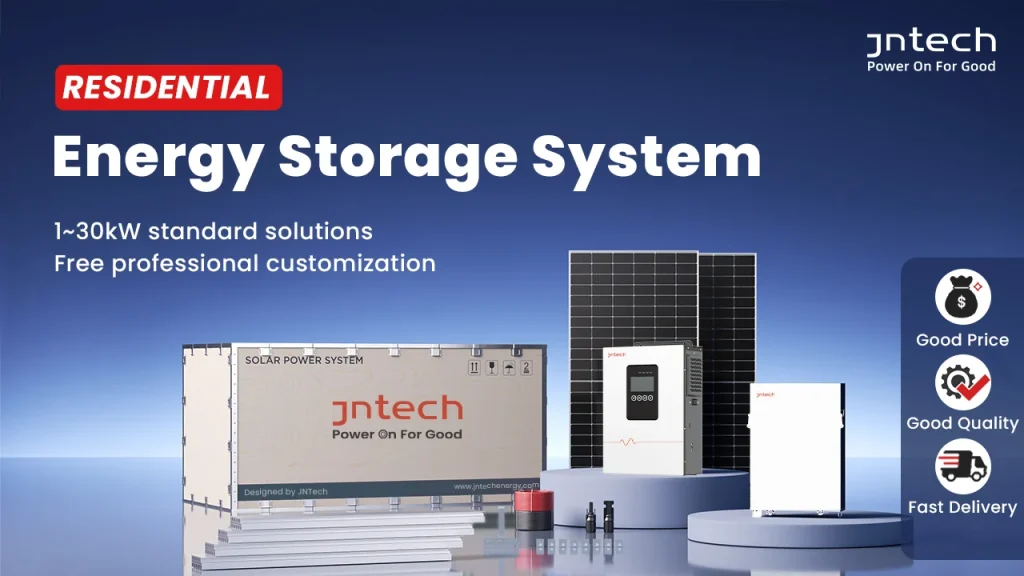
Working Principle & System Architecture
Multi-source Energy Integration
During daylight, solar panels convert sunlight into DC electricity. That power first supports household loads; any surplus is directed to battery charging.
When household load exceeds solar output (evening or cloudy days), stored energy is discharged to supply the house. If battery capacity is insufficient, grid power supplements.
In some tariff regimes or time-of-use (TOU) markets, the system can charge batteries during off-peak (cheaper) grid hours and discharge during peak hours to reduce costs.
Bi-directional Power Flow & Seamless Switching
The system uses a hybrid inverter (or integrated power conversion system, PCS) to convert between DC and AC. It supports bi-directional current: AC↔DC and DC↔AC, enabling both charging and discharging.
In case of grid failure, the system automatically switches to backup mode (islanding), powering critical circuits from the battery. After grid recovery, it reverts to hybrid mode.
Energy Management & Control Logic
A Home Energy Management System (HEMS) or embedded controller monitors real-time parameters: solar generation, load consumption, battery state of charge (SoC), grid status, and electricity pricing.
Based on preset rules or algorithms, the system prioritizes energy flows (solar first → battery → grid), manages battery cycling, and avoids simultaneous charging & discharging. (This control logic avoids efficiency loss and battery stress.)
The controller can also perform peak-shaving, load shifting, or time-based operations (charge when grid price is low, discharge when high), maximizing economic benefits.
Safety & Protection Systems
The battery system includes a Battery Management System (BMS) for over-voltage, under-voltage, overcurrent, overtemperature, short-circuit protection, cell balancing, and fault isolation.
Protective devices like DC breakers, fuses, grounding, surge protection, and insulation monitoring are included.
The system is designed with compliance to international safety standards and thermal / fire mitigation measures.
Monitoring & Remote Operations
Real-time monitoring of system metrics (SoC, voltage, temperature, power flows) via web portal or smartphone app.
OTA firmware updates allow incremental improvements and feature add-ons.
Alerts and diagnostics capabilities support proactive maintenance.
Q1. How does the system decide when to charge the battery or discharge?
A: The embedded energy management controller continuously monitors solar output, household load, battery SoC, and optionally grid pricing. It allocates energy flows per preset logic: solar to load first, then battery charging; during high load, battery discharges; in TOU markets, it may schedule charge/discharge based on price arbitrage.
Q2. If the grid fails, will the home lose power?
A: No. When configured for backup, the system switches into islanding / backup mode instantly (typically under 10 ms), supplying essential loads from the battery until the grid is restored.
Q3. Does the system reduce electricity bills?
A: Yes. By shifting usage away from peak periods, maximizing solar self-consumption, and possibly selling surplus back to the grid (if net-metering is supported), the system helps reduce energy costs over time.
Q4. Is it suitable for remote or off-grid areas?
A: Absolutely. In off-grid mode, the system can run independently of grid connection—solar generation charges batteries during the day, and battery discharge powers loads at night or during cloudy periods.
Q5. Is the system scalable if energy demand grows?
A: Yes. The architecture supports modular expansion: add more battery units, or additional inverter modules (if parallel design is supported), allowing the system to scale with load growth.
Q6: What about maintenance and system health?
A: System health is monitored in real time (voltage, temperature, SoC), and alerts are sent in case of anomalies. Firmware updates are handled remotely. Routine checks (visual inspection, cleaning, connection integrity) are minimal.
Q7: What environment conditions can the system tolerate?
A: The system is designed for broad environmental tolerance (e.g. temperature, humidity, altitude). For extreme climates, derating or special enclosures may be recommended—please consult the technical guidance.
NHẬN BÁO GIÁ HOẶC HỢP TÁC VỚI CHÚNG TÔI
Liên hệ với nhóm của chúng tôi để biết giá, đơn hàng số lượng lớn hoặc cơ hội kinh doanh.


